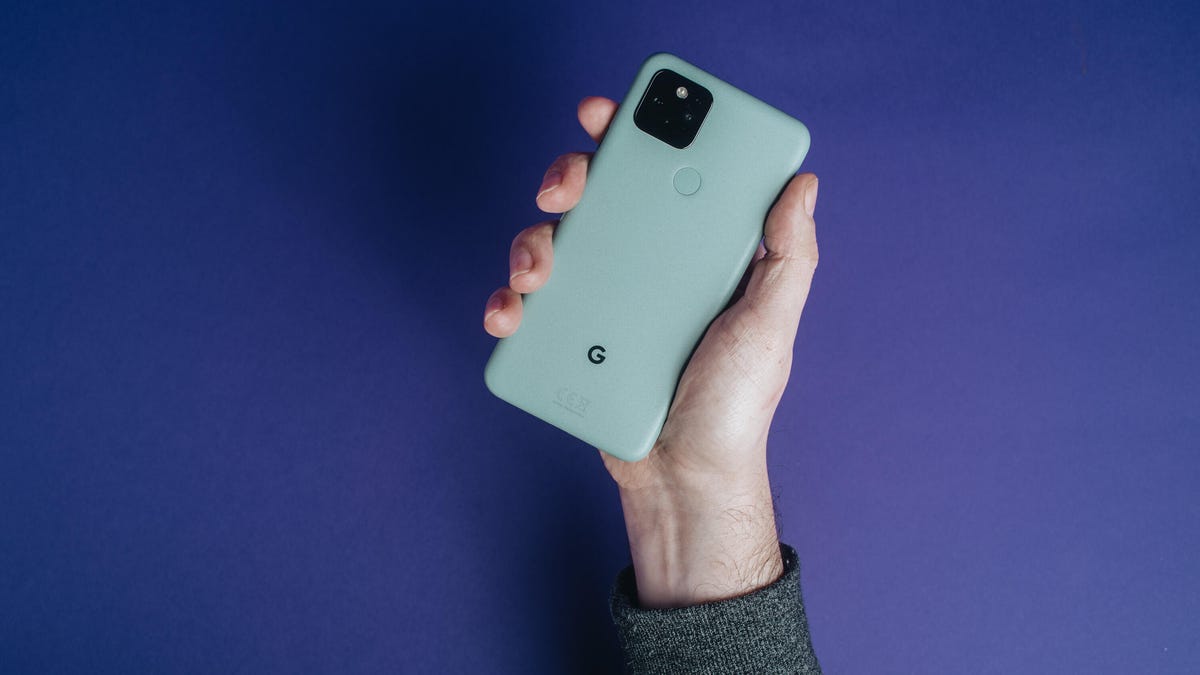Android updates TalkBack screen reader with new voice commands, language options
The upgraded features are designed to help those who are blind or low vision more easily navigate their devices.

Updates to Android's TalkBack screen reader are coming.
Google on Tuesday shared a series of updates to its TalkBack screen reader for Android . First launched in 2009, TalkBack reads aloud what's on a screen for users who are blind or low vision, navigates through apps, and facilitates communication with braille, voice and keyboard input. The new, "highly requested" features include expanded gesture and navigation options, simplified menus, new voice commands and more language options. (Read more about changes Google also made to Maps, Messages and Assistant.)
Users now have a dozen "easy-to-learn and easy-to-use multi-finger gestures," Google says, which make it easier to interact with apps and perform actions such as selecting and editing text, and controlling media. For instance, instead of going through several menus and announcements to start or stop a podcast, you can now just double tap the screen with two fingers. This update is available via the latest version of TalkBack on Pixel and Samsung Galaxy devices from One UI 3 and up.
Google is also replacing the multiple menus -- which it says users found confusing -- into a single menu that adapts to the current context and offers regular access to important functions. So, for example, actions like link navigation or editing controls only show up if they're relevant to the current context, the company says.
Additionally, users can now read or skim by swiping. For example, they can swipe right or left with three fingers to just hear headlines, listen word-by-word or character-by-character. With a single swipe up or down, they can navigate through text.
With TalkBack 9.1 and up, swiping up and right launches the new voice commands, which will lead the screen reader to stop talking and listen for your instructions. There are more than 25 commands, such as "find" to locate text on the screen or "increase speech rate" to make TalkBack speak faster.
Users can also add or remove options in the TalkBack menu or reading controls and can assign or reassign gestures to different settings, navigation controls and actions. Google is also adding support for Arabic and Spanish in TalkBack's braille keyboard.
In the last several months, Google has updated other accessibility offerings including Voice Access, which lets people navigate their phones with their voice, and Lookout, which helps people who are blind or low-vision identify food labels, pinpoint objects in a room, and scan documents and currency. Other big tech companies, including Twitter, Facebook and Apple, have also launched more accessibility features amid growing awareness of the disparities that exist for people with disabilities, particularly as the coronavirus pandemic has made people more reliant on virtual interactions.

